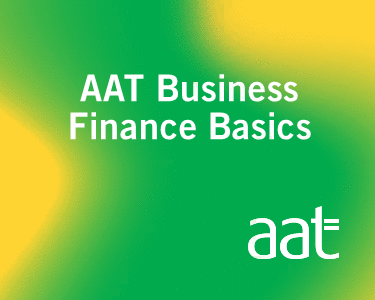Dividend tax calculator
Use our interactive dividend tax calculator to work out how much tax you'll pay on your dividend earnings.

Calculating your result
Please note that the results you see on your screen are estimates only.
Taxes don't have to be taxing
Sign up to receive expert email tips to help you manage your business finances. You can unsubscribe at any time.
How does the dividend tax calculator work?
If you own shares in your limited company, you may choose to take out dividends as well as paying yourself a salary.
A dividend is a form of payment made to shareholders from the profits of a limited company. The money is found once all business expenses and liabilities (including tax and VAT) have been covered. This ‘retained profit’ may have been accumulated over a period of time and any excess profits not distributed as dividends simply remain in the company’s bank account. You can choose to pay yourself dividends as frequently as you want, but most companies distribute them quarterly or every six months after working out how much the company can afford to pay.
Choosing when and how much you choose to pay out in dividends will impact on the amount of tax you need to pay to HMRC. Our in-depth article on dividends provides more information on this.
Our dividend tax calculator will work out how much tax you’ll pay based on the salary you draw and your dividend earnings. You won’t pay tax on the first £1,000 of dividends that you get in the tax year.
Above this allowance, the tax you pay depends on which Income Tax band you’re in.
For the 2023/24 tax year, the tax payable on dividends is as follows:
| Tax band | Tax rate on dividends over £1,000 |
|---|---|
| Basic rate (and non-taxpayers) | 8.75% on earnings up to £37,500. |
| Higher rate | 33.75% on earnings above the basic rate up to £125,140. |
| Additional rate | 39.35% on earnings above £125,140. |
Why use our salary dividend calculator?
Our dividend calculator should be used as a rough guide to how much tax you’ll pay on your salary and dividend earnings. This can be a helpful reference when working out when and how much money to draw from your limited company in the tax year.
As with anything involving company finances and tax liabilities, it’s always worth consulting with either your own finance team or working with an accountant. Paying yourself with dividends can offer tax advantages, but operating as a limited company in order to take advantage of this might not be appropriate for your situation. For more information on operating a limited company and drawing dividends, check out the following articles:
Share this content

Brought to you by:
Sage
Sage Business Cloud Accounting is online accounting software that provides anytime, anywhere access to essential small business tools. Its features help you manage cash flow and send and track invoices, all through the cloud or via a mobile app.
Get limited time offer






